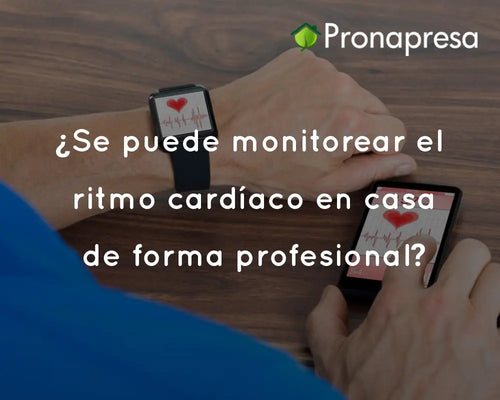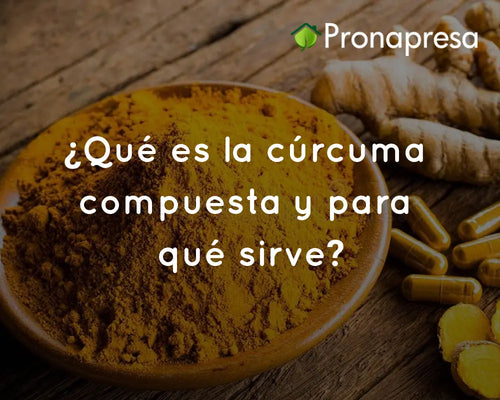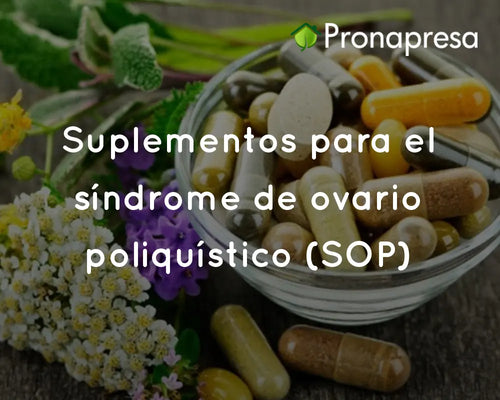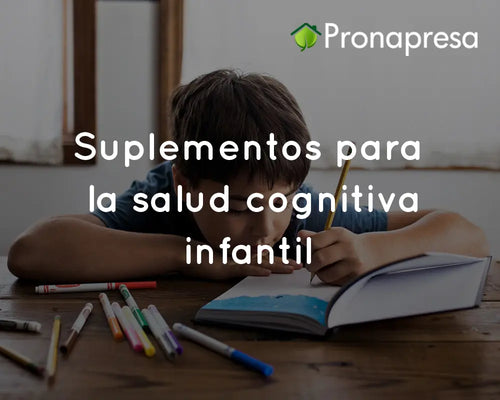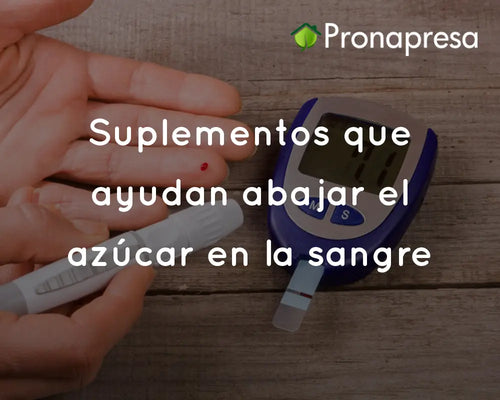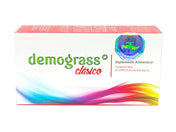
The most common type of anemia in Mexico is caused by iron deficiency.
According to the WHO, nearly 25% of the world's population suffers from some type of anemia.
Currently, it is estimated that 25 million children between the ages of 1 and 4 live with anemia in Mexico.
The main cause of anemia in the Mexican population is the lack of an adequate diet for the production of red blood cells.
People who are most likely to have anemia are those who follow a vegetarian and/or vegan diet.
High consumption of medications such as paracetamol can increase the chances of developing anemia.
What is anemia?
The anemia It is a blood disease characterized by a deficiency of red blood cells that prevents the oxygen needs of all the body's tissues from being met. anemia It is common among people with certain chronic illnesses, such as human immunodeficiency virus (HIV), congestive heart failure, cancer, and rheumatoid arthritis, among others. Anemia is also expressed through low hemoglobin levels, which cause a feeling of frequent fatigue.
There are different ones types of anemia like the iron deficiency anemia , pernicious anemia , the megaloblastic anemia , thalassemia , the aplastic anemia idiopathic and the Hemolytic anemia . Each type of anemia has different causes and characteristics and tends to be the most common, although research shows that nutritional anemia is usually the most common in children. Anemia can be limited or prolonged, and if this is your case, keep in mind that anemia can vary in severity, from mild to severe, so it's important to diagnose it early.
Anemia can be prevented through healthy habits and a proper diet. There are different types of anemia treatment , and they depend largely on the cause. Treatment may include medical procedures, medications, and supplements that generally compensate for the deficiency of iron and other substances in the body.
Symptoms of anemia
Below we present the symptoms of anemia most common, although keep in mind that sometimes you may not experience symptoms. symptoms of anemia The risks vary and depend largely on the factors that cause it and its severity. Anemia can be a silent disease, going unnoticed by you and then worsening over time, so it's vital to have regular medical checkups and blood tests.
Some symptoms of anemia are:
- Constant feeling of weakness.
- Difficulty breathing.
- Constant fatigue.
- Presence of dizziness.
- Feeling dizzy.
- Feeling dizzy.
- Skin with a yellowish or pale skin tone.
- Headache.
- Chest pain.
- Cold feet and hands.
The causes of anemia are varied, can manifest differently in each person, and define the types of anemia that exist. Because people with anemia do not have optimal production of hemoglobin, or red blood cells, many of the causes of anemia are related to blood or bone marrow function.
Among the causes of anemia The most frequent ones are:
- Iron deficiency
- Folic acid deficiency
- Vitamin B12 deficiency
- Blood disorder in the production of red blood cells
- Genetic abnormalities or family history
- Chronic diseases such as cancer
- Being an immunosuppressed person living with, for example, HIV
- Hematological diseases such as leukemia or lymphomas
- Intestinal disorders and alterations
- Age. People over 65 years of age are at greater risk for the disease.
In addition, there are some complications if anemia is not treated in a timely and appropriate manner:
Pregnancy difficulties:
Pregnant women who have anemia may have premature births.
Extreme fatigue levels:
The fatigue caused by anemia can be so severe that it can prevent you from fulfilling your daily responsibilities and activities.
Heart problems:
Anemia can cause arrhythmias or irregularities in the heartbeat.
Risk of death:
Losing large amounts of blood can lead to severe, life-threatening anemia. Some inherited anemias, such as sickle cell anemia, can be severe and even fatal if not treated promptly.
Types of anemia
While iron deficiency anemia is the most common among types of anemia , there are others that are just as dangerous if not treated properly or detected early. In the following comparison table, you can learn about the main characteristics of the types of anemia most frequent:
Iron deficiency anemia
The iron deficiency anemia It is caused by a lack or deficient level of iron in the body. There are not enough healthy red blood cells in the body.
Without the necessary iron, the body is unable to produce hemoglobin and, therefore, cannot transport enough oxygen. Its main symptoms
Pernicious anemia
In the case of pernicious anemia, the main culprit is the stomach. This type of anemia results from the failure of this organ to produce a protein that allows for the proper absorption of vitamin B12, which is vital for the production of red blood cells. This vitamin is extracted in the stomach from foods such as red meat, seafood, and dairy products.
Megaloblastic anemia
Megaloblastic anemia is caused by a diet that doesn't meet folic acid requirements in children, or by the bone marrow, in adults, producing abnormally sized red blood cells. These abnormalities in the body result in the red blood cells that are produced being of poor quality and having a lower survival rate in the body.
Idiopathic aplastic anemia
The aplastic anemia It damages stem cells, which are responsible for producing blood cells in the bone marrow.
Stem cells are known as “immature cells” and other blood components such as white blood cells and platelets originate from them.
Hemolytic anemia
Those who have hemolytic anemia They are affected by their own immune system, since it is this that eliminates red blood cells from the body and causes the deficiency.
Red blood cells are responsible for carrying oxygen to the different tissues in the body, so their function is vital for good health. hemolytic anemia It can even occur from receiving a blood transfusion from someone who is not compatible with your blood type.
Diagnosis of anemia
Anemia is diagnosed through various clinical tests, which should be ordered by your doctor. Once you begin to experience symptoms of anemia , or at the slightest suspicion, you should see an internist or hematologist. The test they will likely order first is a complete blood count . A small blood sample will determine your red blood cell and hemoglobin levels. With these results, your doctor will confirm or rule out the diagnosis of anemia .
Treatment of anemia
Anemia treatment is closely related to the causes of the anemia . Since the causes determine the type of anemia, they also determine the type of treatment, depending on the severity of the disease's symptoms.
Treatments can range from taking certain supplements to compensate for deficiencies in iron, folic acid, vitamin B12, etc., to specialized medical procedures. Some of the alternatives treatment of anemia are:
- Vitamin B12, folic acid, iron, and other mineral/vitamin supplements.
- Use of some corticosteroids or other medications to suppress the immune system.
- Blood transfusions in some cases.
- Erythropoietin. This is a medication that helps the bone marrow produce more blood cells and thus transport more oxygen to all the body's tissues.
Foods for anemia
Nutrition plays a fundamental role in both the treatment of anemia and life after the disease; that is, maintaining a healthy lifestyle where you have a diet that provides the nutrients and requirements your body needs to function optimally while including physical activity in your daily routine.
For people with anemia, their diet is just as important for their recovery as nutritional supplements or medical checkups. Food is how we give the body "fuel" to carry out all its processes correctly, provide energy, and prevent disease. If you have already been diagnosed with anemia, this is the right time to consult a nutrition expert and receive guidance on how to include foods rich in iron and vitamin B12, which will help improve your red blood cell levels.
According to nutritionist Irishina Yañez Bahena, who has anemia, you should prioritize certain foods in your diet. Foods with iron for anemia that can help you improve your iron intake include:
- Orange
- Pink grapefruit
- Kiwi
- Strawberries
- Lemon
- Grapes
- Banana
- Papaya
- Legumes
- Quinoa
- Spinach
- Swiss chard
- Cauliflower
- Pumpkin
- Carrot
- Broccoli
- Turkey
- Seafood
- Low-fat red meats
- Salmon
- Tuna
- Sardines
- Egg
- Liver
- Walnuts
On the other hand, Lic. Irishina Yañez Bahena It tells us that if you have anemia, it's important to avoid foods that inhibit iron absorption, such as tea, coffee, chocolate, high-fiber cereals, or cocoa. It also considers it important to limit your consumption of salt, fats, and refined sugars.



